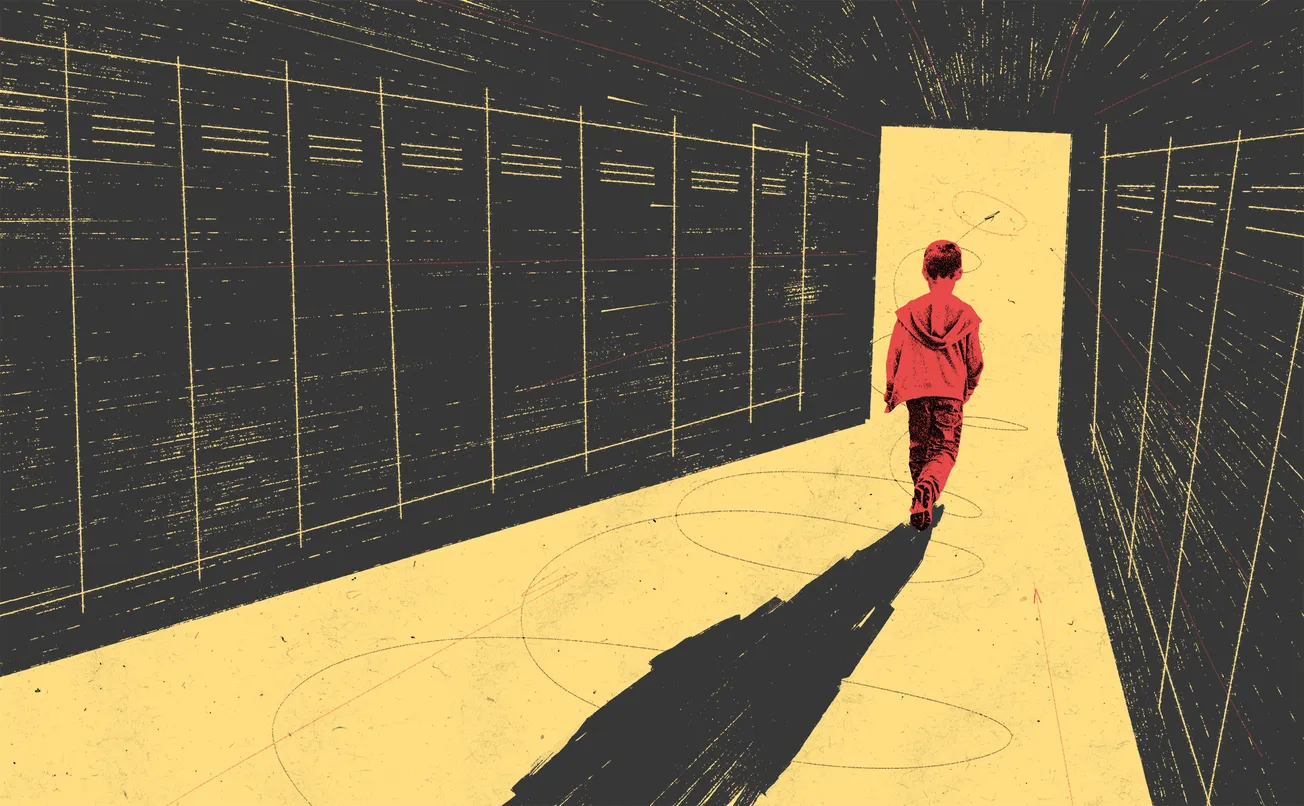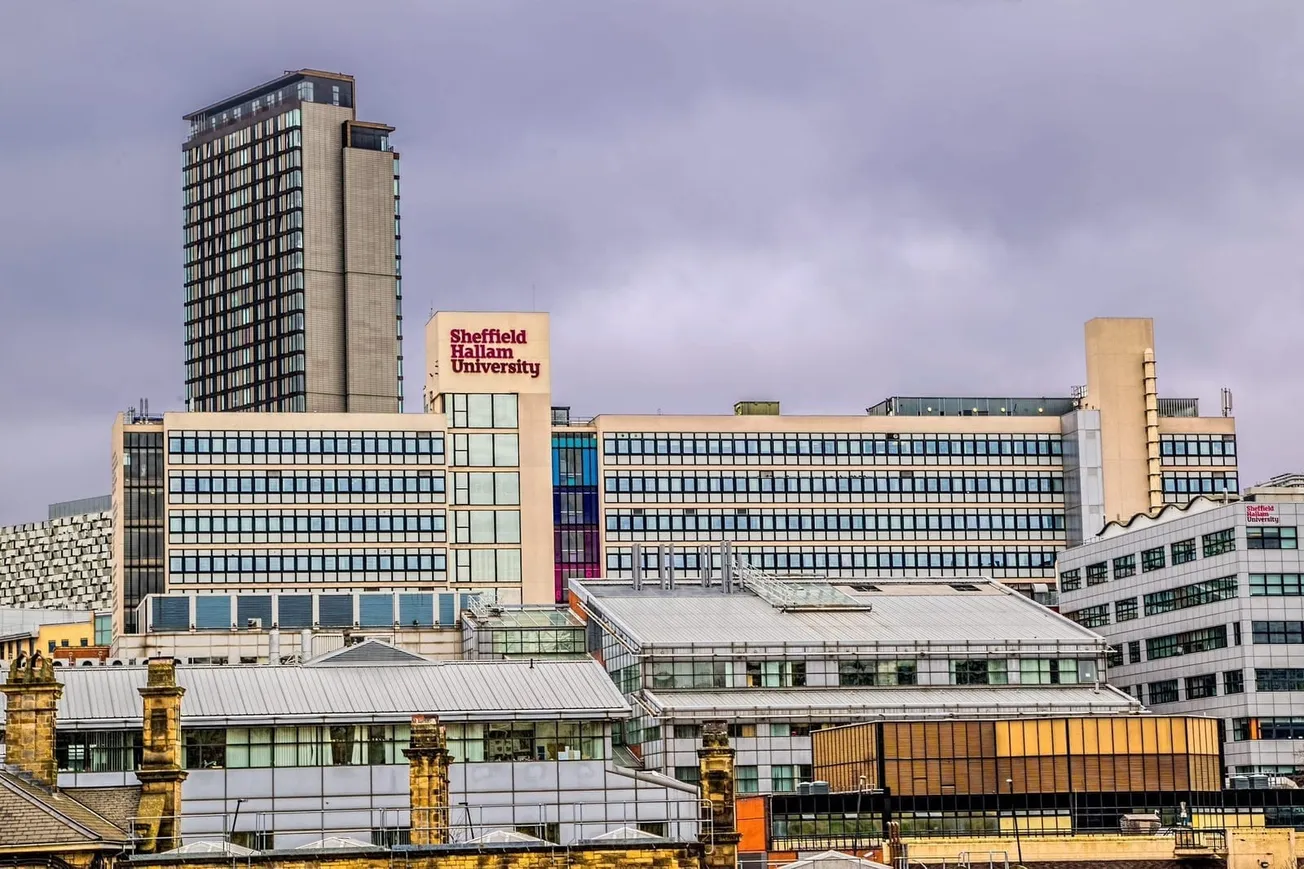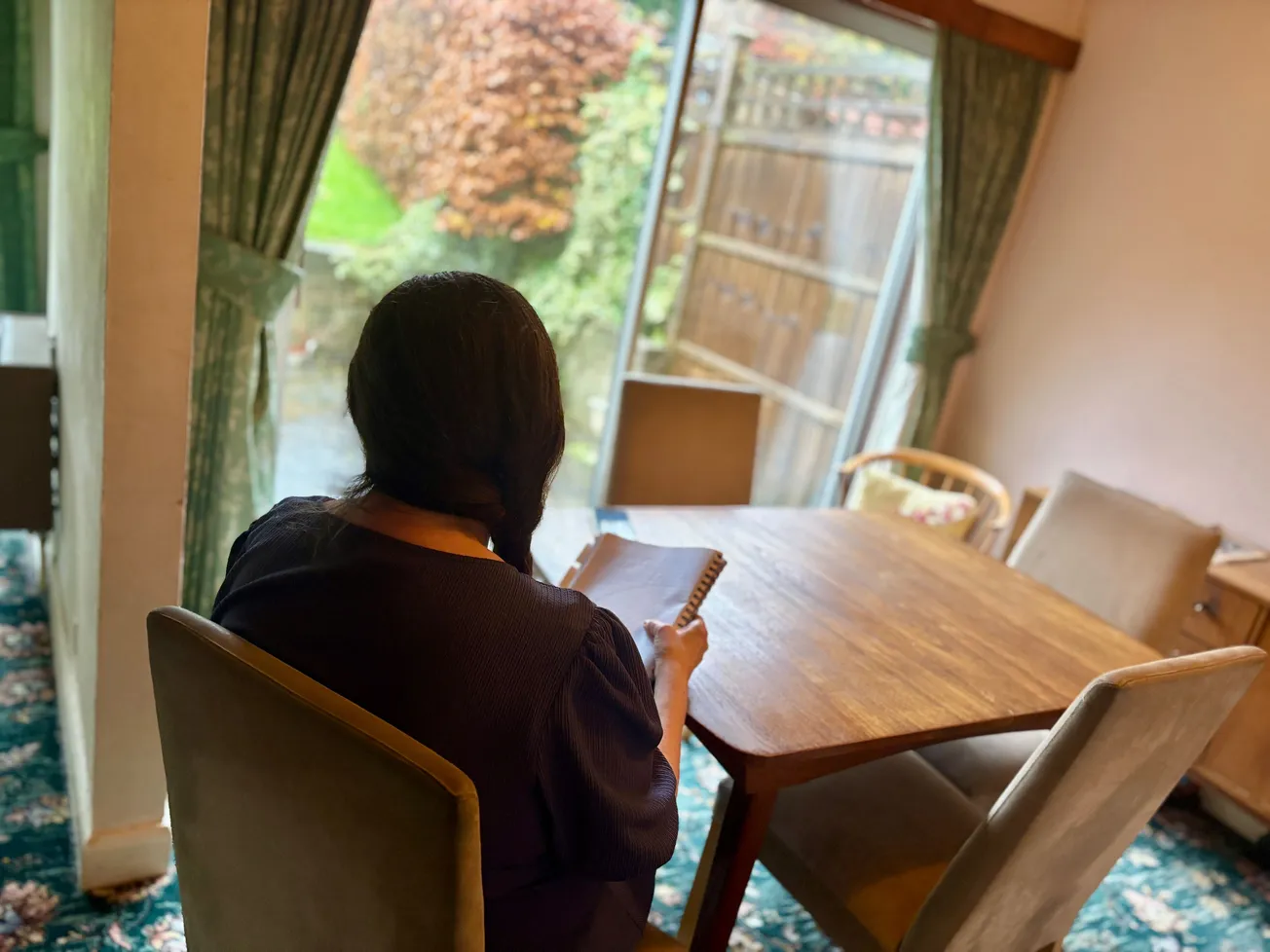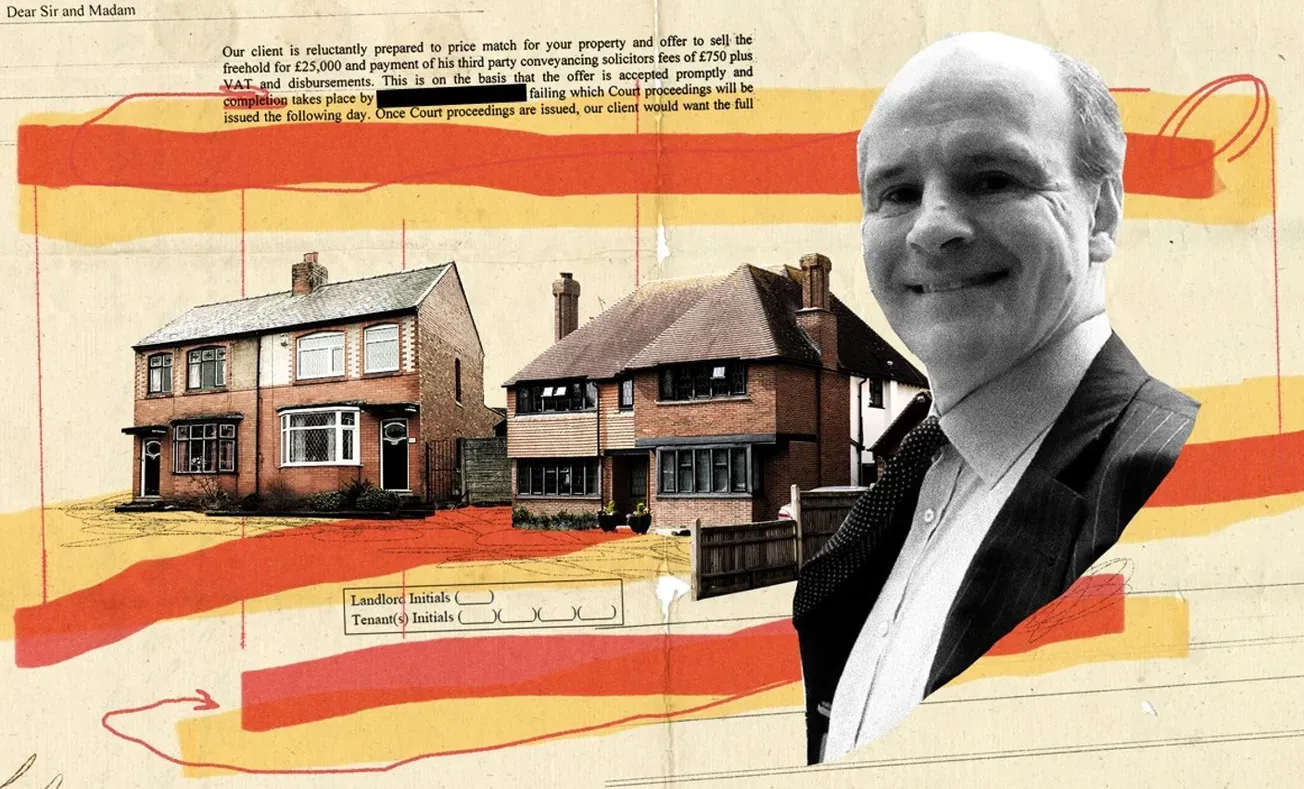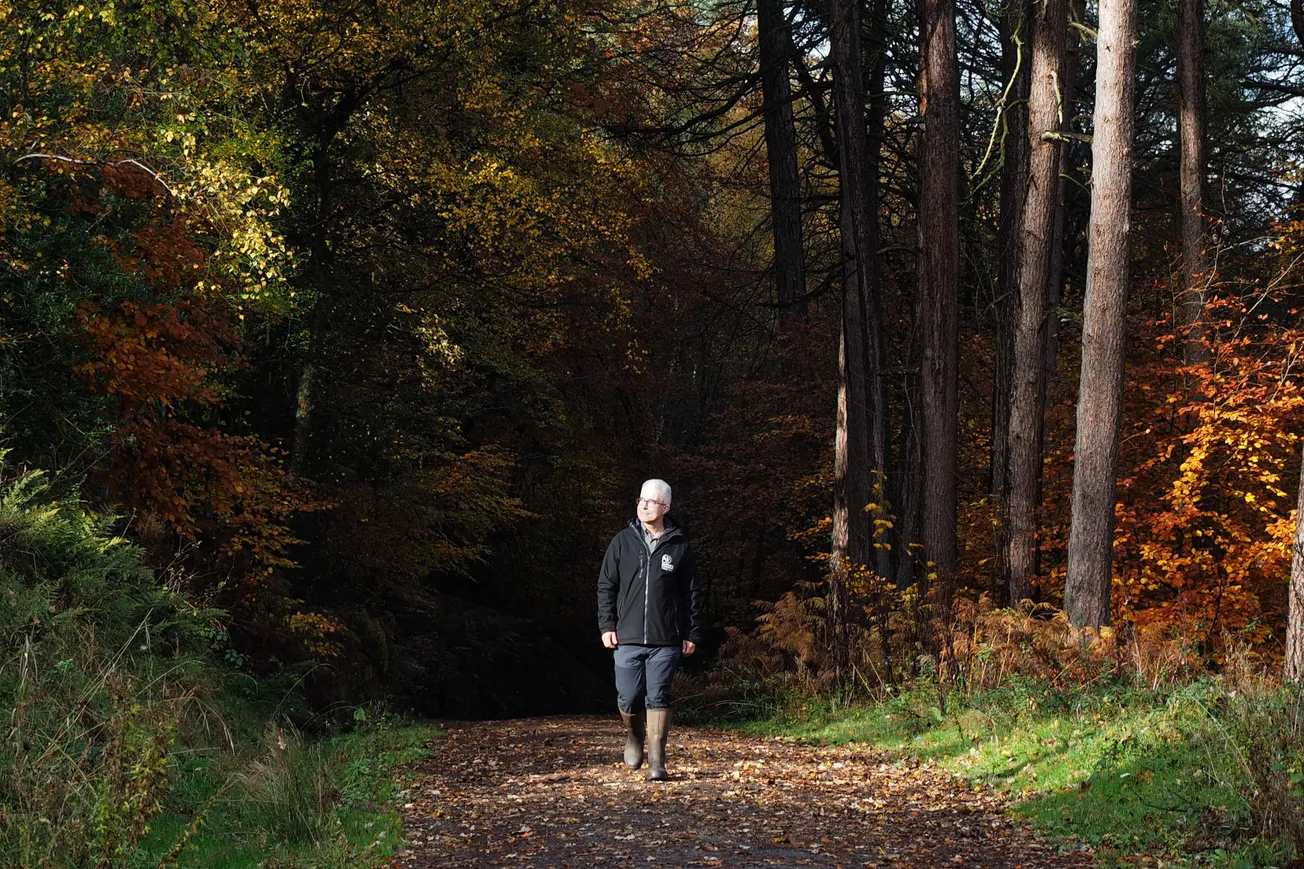There’s more than one way, if a school is so inclined, to get rid of a difficult child. You could encourage the parents to withdraw them of their own accord, find another school willing to take them off your hands — often in exchange for taking one of their own problematic students — or simply send them to an isolated room away from the majority of their classmates. These measures are all ways to get round the final option of exclusion, which is administratively complex and has the worst long-term impact on children.
And yet exclusion rates, on the rise across England since 2021, have seen “the steepest and most sustained rise” in Sheffield. The Tribune spoke to those close to the education system to try and understand why exclusion has increased in the city, and how “hidden exclusions” like those listed above are creating more problems than they solve.
As of this academic year, according to a recent Sheffield council report, there are 160 secondary school-age children, 25 primary school students and five children from special schools who are currently expelled. These figures, the report acknowledges, suggest there are “deeper systemic challenges” in our city “not seen to the same extent elsewhere,” demonstrating the need for “urgent, coordinated action to reverse it.” However, those numbers only represent official exclusions, a parent advocate explains. “What you are seeing is not the bulk of the exclusions,” she insists. “The number of hidden exclusions is absolutely outrageous.”
Comments
How to comment:
If you are already a member,
click here to sign in
and leave a comment.
If you aren't a member,
sign up here
to be able to leave a comment.
To add your photo, click here to create a profile on Gravatar.


